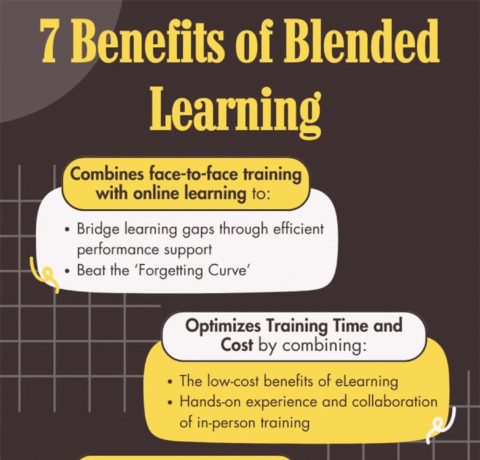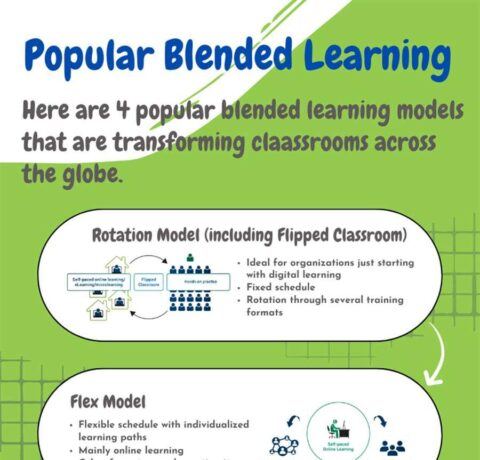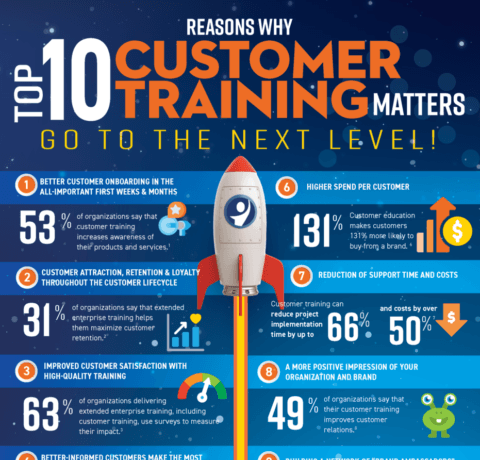Blended and Online Assessment Taxonomy Infographic
The first part of an assessment design is the most obvious; the student performance, or more simply referred to as the activity. This requires a student to show the teacher what they know or can do. The second part assessment design is often assumed or omitted; however, this part of the assessment is critical to optimizing alignment to the objectives, and provides valuable support towards student success. This critical component is the grading plan or better named the feedback criteria. As a teacher, we need to effectively communicate to our learners both a description of how they will perform an assessment activity as well as a description of how we will judge the quality of their performance. Are you planning and communicating your feedback criteria? The Blended and Online Assessment Taxonomy Infographic presents types of activities that suit various levels of assessment as well as grading and feedback criteria which will help you plan better assessments.
Blended and Online Assessment Taxonomy
1. Remember - Focus in Memorization and Recall
Possible assessment activities:
- Multiple choice
- Fill in the blank
- Matching
- Timed recall
- Recitation
- Note-taking
Grading and feedback criteria:
- Answer key
- Complete/incomplete review
- Tally for errors
2. Understand - Focus on Conceptual Understanding
Possible assessment activities:
- Open-ended questions
- Model of concept
- Standard math problems
- Discussion with prompts
- Grading and feedback criteria:
- Checklist
- Answer key
- List of acceptable answers
3. Apply - Focus on Process Application
Possible assessment activities:
- Emotions and word problems
- Repeat experiment
- Recreate known work
- Discussion with prompts
Grading and feedback criteria:
- Process checklist
- Product checklist
- List of acceptable answers
- Rubric
4. Analyze - Focus on Analyzing Data
Possible assessment activities:
- Concept Map
- Venn diagram
- Classification journal
- Discussion with prompts
Grading and feedback criteria:
- List of acceptable answers
- List of unacceptable answers
- Rubric
5. Evaluate - Focus on Rationalization
Possible assessment activities:
- Critique and rationalization
- Selection and rationalization
- Discussion with prompts
Grading and feedback criteria:
- Checklist
- Teacher rubric
- Peer Evaluation Rubric
6. Create - Focus on original content creation
Possible assessment activities:
- Personalized portfolio
- Original solution
- Original design
- Original concept
- Original process
Grading and feedback criteria:
- Checklist
- Teacher rubric
- Peer evaluation rubric







You can adjust your cookie preferences here.